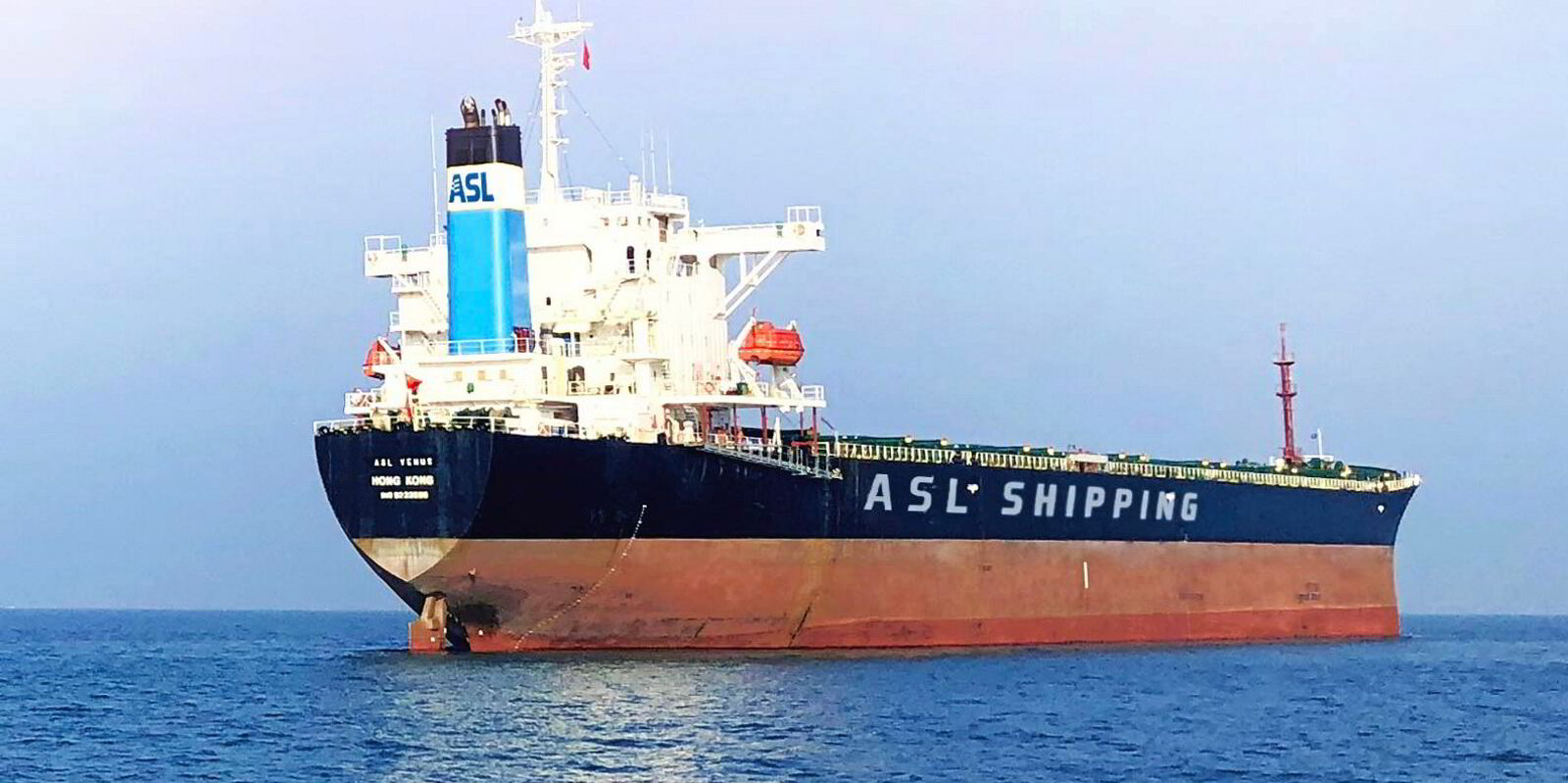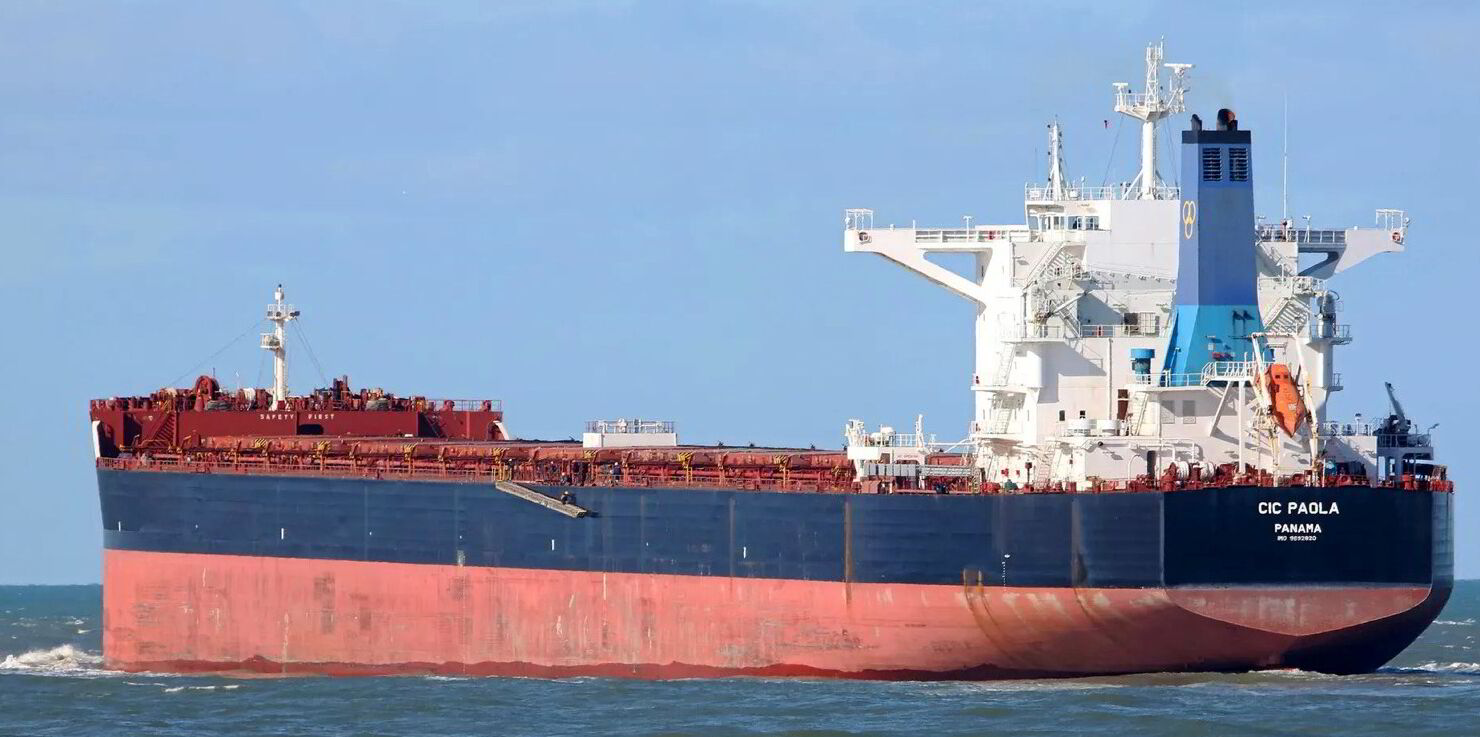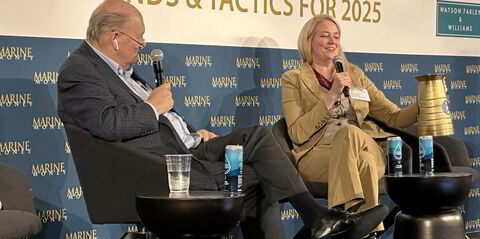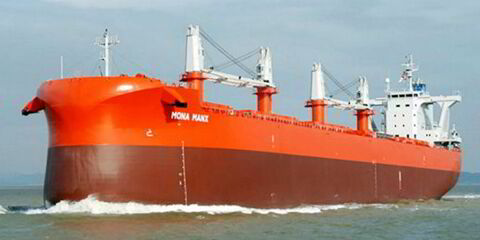Winning Shipping led the way as a supercharged market saw capesize and newcastlemax dealmaking hit record levels in the first half of 2024.
Greek and Japanese players have been dominating the sale side, as the traditional shipowning nations take advantage of the highest secondhand prices since the 2008 shipping bubble to shake off older tonnage — often to reinvest proceeds into younger ships.
Clarksons’ figures show 73 capesizes changing hands between January and June this year — the highest level since 1995 when the data series of the London brokerage began.
With a deal volume of $2.4bn, sale-and-purchase activity would have hit a record in monetary terms as well were it not for the giddy second quarter of 2007, when merely 34 capesizes fetched $3.16bn amid huge ship values.
The frantic dealmaking of the first half of 2024 was just the culmination of a trend that had started well before.
Led by first movers like the Vafias family’s Brave Maritime, capesize S&P started taking off last year.
Fifty-three ships of that size changed hands in the first half of 2023 for $1.77bn, according to Clarksons, followed by 71 capesizes in deals worth $1.64bn in the second half of the same year.
Dealmaking hit downright frenzy levels in February of 2024, boosted by unnaturally high spot earnings for that time of year.
A record 33 capesizes changed hands that month alone, in deals worth $1.15bn.
This compares to July 2007 — the peak month for capesize S&P during the shipping bubble before the financial crisis — when 16 ships were sold in deals worth $1.78bn.
Winning on a roll
Chinese predominance on the buying side is glaring.
Whether based in mainland China or Singapore, Chinese players accounted for at least half of the 73 deals computed by Clarksons in the first half.
The top dog has been Winning International Group, with VesselsValue attributing 10 capesize purchases to that company. Agricore Shipping ranks next, with up to four acquisitions.
Greeks have been the second-most frequent buying nation, with TradeWinds’ data confirming acquisitions of 15 vessels.
The most notable buyers were Nikolas Martinos-led Thenamaris and US-listed Danaos Corp, which purchased four vessels each.
At an individual company level, two Western firms were also highly active.
Copenhagen-based Norden has bought five such vessels and London-based Hayfin Capital has bought four.
On the selling side, the scene is dominated by companies taking advantage of soaring ship values to offload older tonnage — mainly to raise money and reinvest in younger tonnage or newbuildings.
In 17 cases, the sellers were Greek companies such as Petros Pappas-led Star Bulk or Thenamaris. Firms from other countries, however, have been prominent sellers as well.
US-based Foremost Maritime has raised about $180m from the sale of up to six capesizes and newcastlemaxes.
South Korea’s Polaris Shipping sold to Thenamaris four modern capesizes for about $260m. Belgian players Bocimar and EBE Maritime have shed four vessels between them as well, according to VesselsValue.
The incentive to sell is certainly there. Average resale capesize prices are still way below the crazy level of $165m they had reached in 2008, but at $77m they are currently at their highest since November of that year.
Similar multi-year highs hold for capesizes aged five, 10 or 15 years.
Mark Williams, managing director of London-based consultancy Shipping Strategy, summed up what many in the industry feel.
A shipowner who bought a five-year-old capesize for $35m five years ago, could have earned $36.5m by trading it in the spot market since and then selling it today for at least $38m, he mused on X.
“But why sell when the outlook is so good?” Williams asked.
Over the past three quarters, average quarterly capesize spot earnings were hovering at $27,000 per day — only the second time they reached such levels for such a prolonged period since 2010.
The surge in freight rates coincides with a boost in Chinese seaborne iron ore imports, which were near-record levels in each of the three quarters through to the first quarter of 2024.
Rising imports from West Africa into China do a lot to support the market as well.
Geopolitics also play a role. Some market observers speculate that China is restocking in anticipation of a potential armed conflict over Taiwan, while disruptions in the Red Sea are increasing tonne-miles.
Some market players who have added capesize tonnage recently, find extra reasons to be optimistic.
“The commitment of major miners to future growth projects as well as the limits on fleet growth brought about by stricter environmental regulations are expected to lead to strong market conditions,” said Stamatis Tsantanis, chief executive of US-listed, pure-play capesize player Seanergy Maritime.







